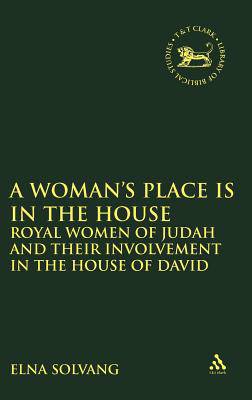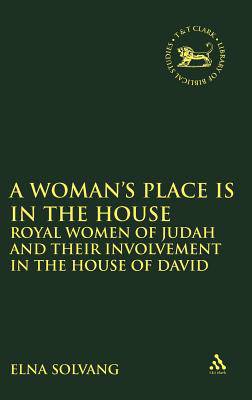
- Afhalen na 1 uur in een winkel met voorraad
- Gratis thuislevering in België vanaf € 30
- Ruim aanbod met 7 miljoen producten
- Afhalen na 1 uur in een winkel met voorraad
- Gratis thuislevering in België vanaf € 30
- Ruim aanbod met 7 miljoen producten
Zoeken
Woman's Place Is in the House
Royal Women of Judah and Their Involvement in the House of David
Elna Solvang
€ 440,95
+ 881 punten
Omschrijving
Archaeological discoveries have increasingly brought to light evidence of women's involvement in the royal houses of the ancient Near East, yet such evidence has not fundamentally altered the perception of monarchy as an exclusively male-gendered theological, political, and social institution. Solvang's study assembles the evidence in search of an integrated view of royal women's position and power in critical functions of monarchy, challenging customary assumptions about women's place in the royal harem. The historical information serves as a backdrop for a literary reading of biblical texts describing the royal house of Judah. Attention is given to three women representing different royal positions: Michal (daughter), Bathsheba (queen mother), and Athaliah (queen and monarch).
Specificaties
Betrokkenen
- Auteur(s):
- Uitgeverij:
Inhoud
- Aantal bladzijden:
- 218
- Taal:
- Engels
- Reeks:
Eigenschappen
- Productcode (EAN):
- 9780826462138
- Verschijningsdatum:
- 1/05/2003
- Uitvoering:
- Hardcover
- Formaat:
- Genaaid
- Afmetingen:
- 163 mm x 239 mm
- Gewicht:
- 185 g

Alleen bij Standaard Boekhandel
+ 881 punten op je klantenkaart van Standaard Boekhandel
Beoordelingen
We publiceren alleen reviews die voldoen aan de voorwaarden voor reviews. Bekijk onze voorwaarden voor reviews.








